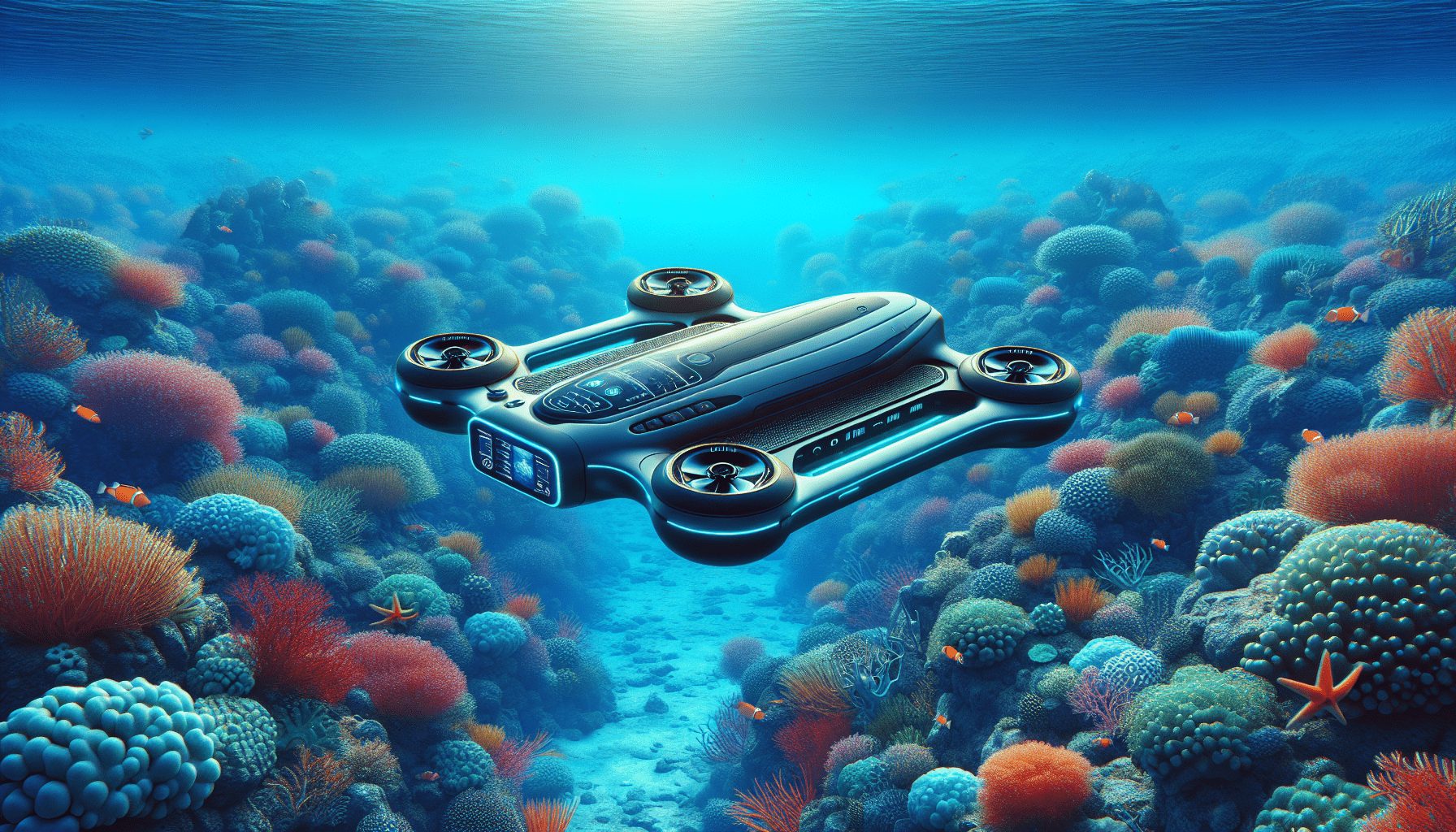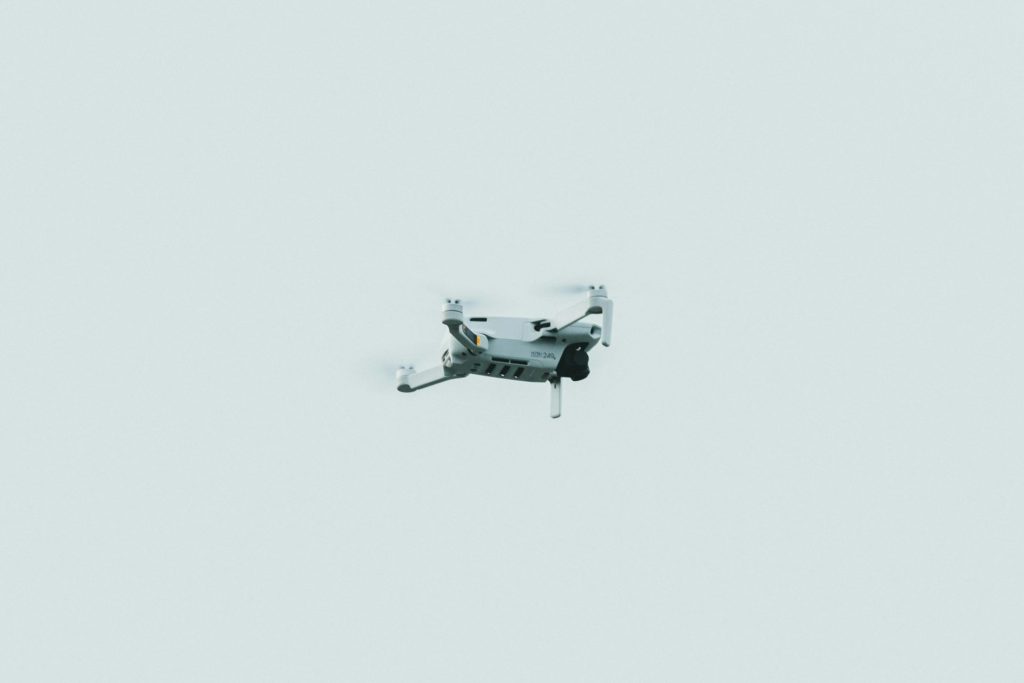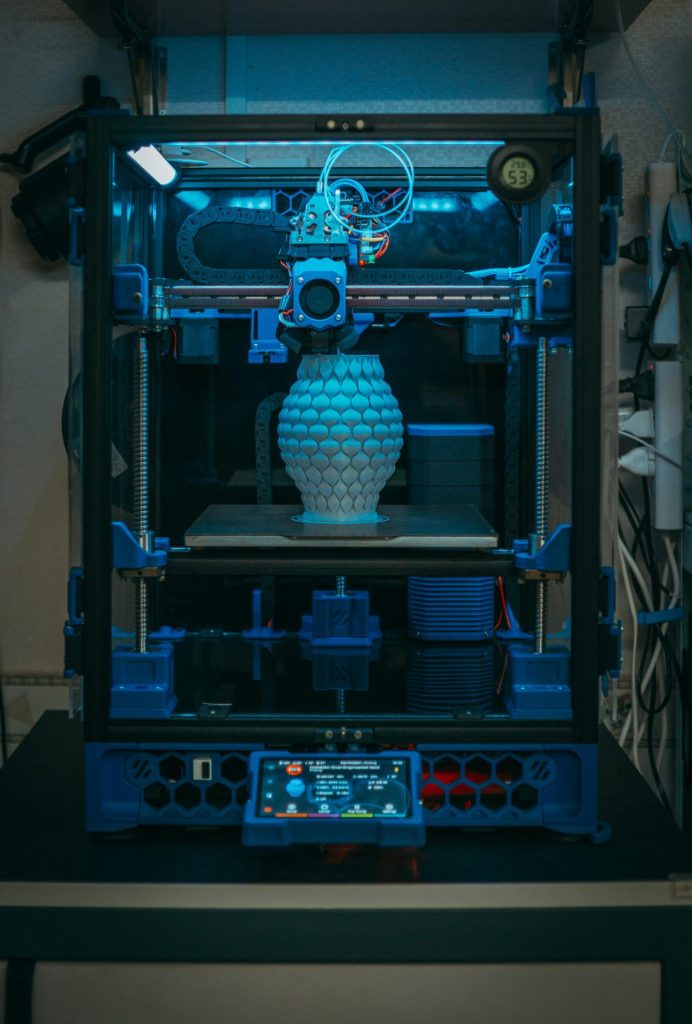Physical Address
304 North Cardinal St.
Dorchester Center, MA 02124
Physical Address
304 North Cardinal St.
Dorchester Center, MA 02124


This post may contain affiliate links. As an Amazon Associate, we may earn commissions from qualifying purchases.
Have you ever wondered just how deep underwater drones can dive? It’s a fascinating question, especially as technology continues to advance at breakneck speeds. Understanding the capabilities of underwater drones, also known as underwater remotely operated vehicles (ROVs), opens up a world of marine exploration, scientific research, and practical applications. Whether you’re curious about their limits for hobbyist use or you’re involved in serious oceanographic work, knowing the depths these amazing machines can reach is essential.

Underwater drones, or ROVs, are devices designed to operate underwater and are remotely controlled by a human operator. Unlike their aerial counterparts, underwater drones wrestle with the challenges posed by the denser environment and often significantly greater pressures found beneath the water’s surface. These advanced machines come in various sizes and capabilities, tailored for different kinds of underwater exploration and work.
Not all underwater drones are created equal. They vary widely in terms of size, depth capabilities, and functionality. Here’s a quick look at the different types:
| Type | Typical Depth Range | Use Cases |
|---|---|---|
| Recreational Drones | Up to 100 meters | Photography, Leisure Exploration |
| Professional Drones | 100 to 500 meters | Surveying, Inspection, Marine Research |
| Industrial Drones | 500 meters and deeper | Oil and Gas, Deep-Sea Exploration, Military |
Apart from depth capabilities, several other features can differentiate underwater drones:
The depth an underwater drone can reach depends on its design, build quality, and intended use. Let’s break it down by category.
Recreational underwater drones typically dive up to 100 meters. These drones are mainly used for underwater photography and leisurely exploration. They are affordable and relatively easy to operate, making them a popular choice for hobbyists.
Professional drones have more robust capabilities, diving between 100 to 500 meters. These ROVs are often used for applications like marine research, underwater inspections, and more complex underwater photography. They come equipped with advanced features like better cameras, enhanced propulsion, and more sensors.
Industrial and military-grade underwater drones can plunge beyond 500 meters, often reaching depths of 2,000 meters or more. These machines are used for tasks that require significant robustness and precision, such as deep-sea exploration, oil and gas infrastructure inspections, and even military applications. The industry continuously pushes the limits, with some experimental models diving to extreme depths.
Several factors influence how deep an underwater drone can dive. Understanding these will give you a greater appreciation of the technology and limitations involved.
Water pressure increases by approximately one atmosphere for every 10 meters of depth. Therefore, at 1,000 meters, the pressure is around 100 times that at the surface. The drone’s materials and construction need to withstand these immense forces to keep operating at deeper levels.
A drone’s buoyancy and weight balance are critical for maintaining stability and control underwater. Properly designed drones can adjust their buoyancy to ascend or descend, allowing for precise control even at great depths.
Power is another significant constraint. The deeper a drone goes, the more energy it requires to operate. Ensuring sufficient power supply, either through batteries or tethering it to a surface vessel, is crucial for extended missions.
Communication efficiency diminishes with depth. While recreational drones often use radio signals, which are not effective underwater, professional and industrial drones usually rely on acoustic communication or fiber-optic tethers to maintain control and data transmission.
Saltwater corrosion, extreme temperatures, and heavy biofouling can all affect an underwater drone’s performance. High-end models are designed to resist these environmental challenges better.
Innovations in materials science, robotics, and data transmission are continuously pushing the boundaries of what underwater drones can achieve. Let’s look at some of these advancements:
Modern drones use materials like titanium and high-strength synthetics to withstand extreme pressure. These materials help extend the operational limits of ROVs, enabling them to dive deeper than ever before.
Artificial Intelligence (AI) and machine learning are being integrated into underwater drones, enabling them to perform complex tasks autonomously. This makes them invaluable in scenarios where human control may not be feasible, such as deep-sea explorations or military operations.
New battery technologies, such as lithium-ion and even hydrogen fuel cells, are being used to provide longer operational durations and higher energy efficiency.

Wondering where these technological marvels are applied? Here are some exciting fields where underwater drones make a significant impact:
Underwater drones help marine biologists explore ecosystems that were previously inaccessible. They can study deep-sea species, track marine biodiversity, and analyze environmental changes.
The oil and gas sector relies heavily on underwater drones for pipeline inspections, underwater infrastructure maintenance, and identifying potential drilling sites.
In search and rescue missions, these drones can go where humans cannot. They can navigate through murky waters and provide real-time footage to assist rescue teams.
Naval forces use underwater drones for surveillance, minesweeping, and other essential operations. They provide a tactical advantage by conducting missions that might be too risky for manned submarines.
Underwater drones have revolutionized underwater cinematography by offering filmmakers new perspectives without needing expensive and risky dives.
The future looks bright for underwater drones, as ongoing research and development aim to break current limitations. Soon, you might see drones capable of exploring the deepest trenches of our oceans or even submersible drones designed for planetary exploration, aiding in missions to icy moons or underwater lakes on other planets.
Here are some innovations you can look forward to:
Despite their numerous advantages and emerging capabilities, underwater drones still face several challenges:
Developing and maintaining advanced underwater drones can be incredibly expensive. This often makes them inaccessible to small-scale researchers or hobbyists.
Maintaining stable communication over long distances and deep depths remains challenging. While tethers help, they also limit the drone’s range and maneuverability.
Despite advances, energy limitations still constrain the operational duration and depth capabilities of underwater drones. Better battery solutions are still a major area of ongoing research.
Harsh underwater environments can wear out components quickly, necessitating frequent maintenance and making long-term deployments difficult.
Navigating the legal waters can be challenging. Different regions have various laws governing the use of underwater drones, particularly in restricted or environmentally sensitive areas.
If you’re considering purchasing an underwater drone, here are some tips to guide you:
First, identify why you need an underwater drone. Are you a hobbyist looking for a fun gadget or a professional needing a sophisticated tool for research or industrial work?
Ensure the drone’s depth rating aligns with your intended use. Recreational drones are perfect for shallow waters, but you’ll need a professional or industrial model for considerable depth.
Good camera quality is crucial, especially if you’re capturing footage for documentation or analysis. Look for drones with high-resolution cameras and good lighting options.
Battery life can significantly impact your drone’s performance. Ensure the model you choose offers sufficient operational duration for your tasks.
Some advanced drones require regular maintenance, especially if used in harsh environments. Check the manufacturer’s guidelines and ensure you can meet these needs.
For professional applications, make sure the drone offers reliable connectivity, whether through tethering or advanced wireless options.
Choose a model that can be upgraded as your needs grow. This will save you costs in the long run.

So, how deep can underwater drones dive? The answer depends on a multitude of factors, including the type of drone, its intended use, and technological advancements. Recreational models can explore up to 100 meters, while industrial-grade models can plunge thousands of meters into the abyss. With ongoing advancements in materials, AI, and power systems, the depths these machines can reach will only continue to expand.
From marine biology and filmmaking to search and rescue and military operations, underwater drones have proven invaluable across various fields. They are opening up previously inaccessible underwater worlds, offering new perspectives, and enhancing our understanding of the mysterious depths of our oceans. While challenges remain, the future is promising for these incredible technological marvels.